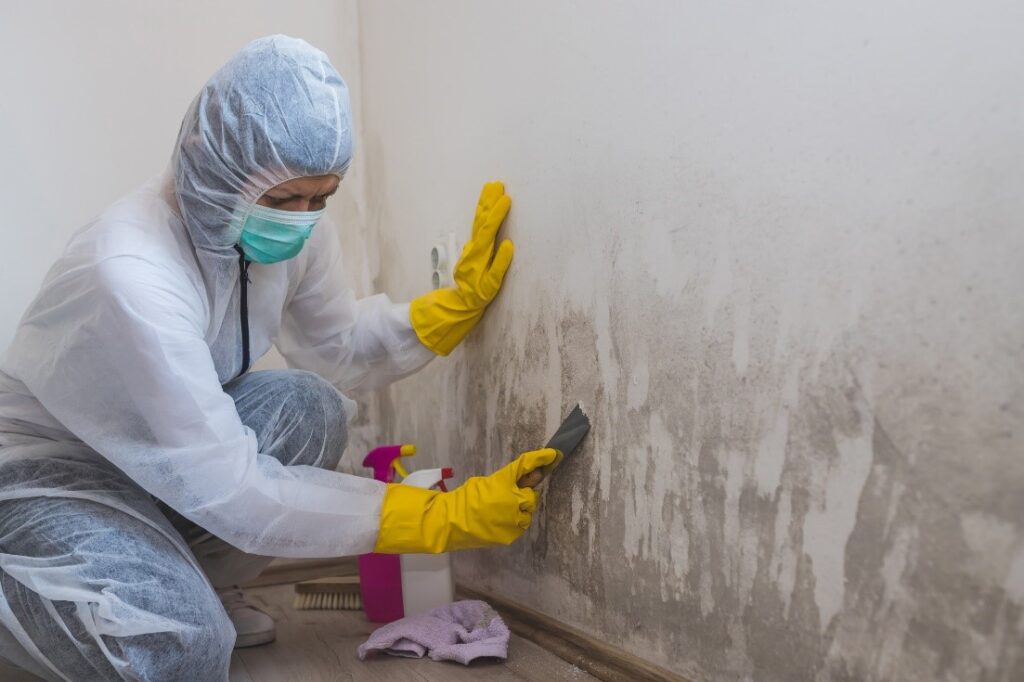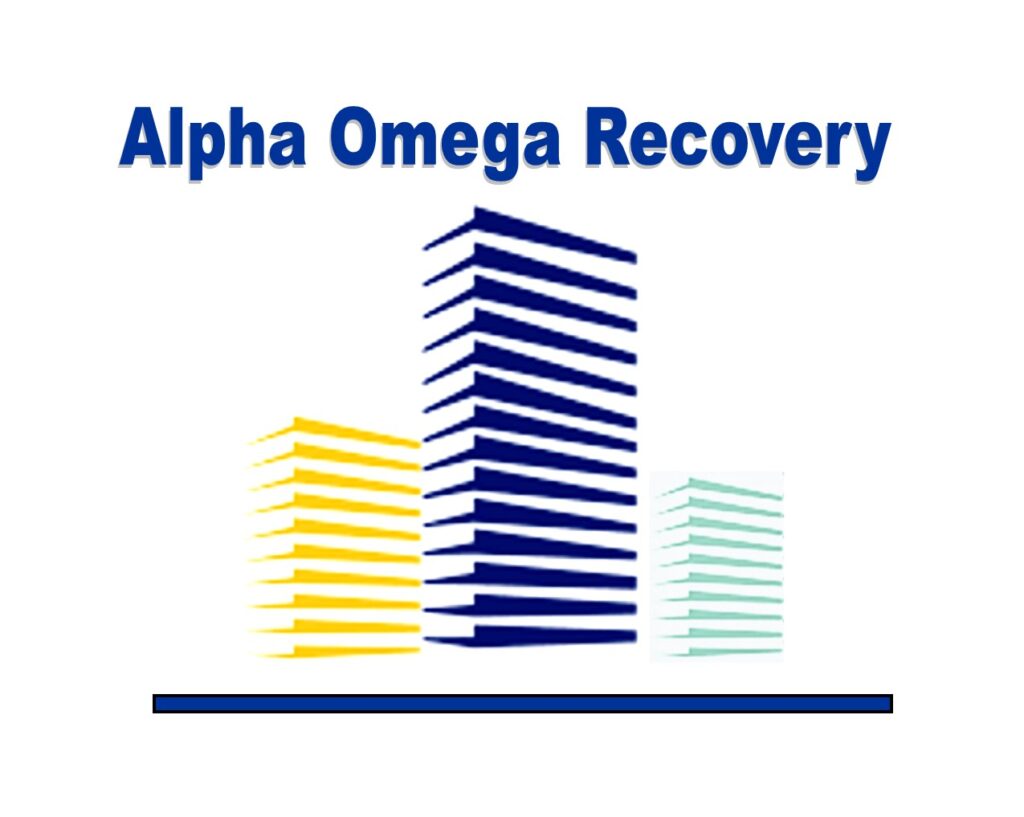Potential Hazards and the Mystery of Black Mold

Mold is a common sight in many homes, often popping up in damp areas like bathrooms, basements, or around leaky pipes. While not all molds are harmful, some can pose risks to both the health of occupants and the structural integrity of the building. One notorious type that often grabs attention is what’s commonly referred to as “black mold.” In this essay, we’ll explore some of the molds found in homes that can be harmful and shed light on why many molds appear black.
First, let’s address the concern about harmful molds. While mold spores are everywhere in the environment, certain types can produce toxins known as mycotoxins. Stachybotrys chartarum, often labeled as black mold, is one such example. These molds can release mycotoxins into the air, which, when inhaled, can cause respiratory issues, allergic reactions, and in severe cases, even neurological problems. However, it’s essential to note that not everyone reacts the same way to mold exposure. Some individuals may be more sensitive or susceptible to its effects, especially those with pre-existing respiratory conditions or compromised immune systems.
Other molds commonly found indoors, such as Aspergillus, Penicillium, and Cladosporium, can also be problematic. They may trigger allergies or exacerbate asthma symptoms in sensitive individuals. Additionally, prolonged exposure to mold can lead to structural damage in buildings, as it feeds on organic materials like wood, drywall, and insulation, causing rot and decay.
Now, let’s dig into the mystery of black mold. Contrary to popular belief, not all molds that appear black are Stachybotrys chartarum. Many different species of mold can take on a black or dark greenish coloration, including Alternaria and Aureobasidium. The perception of black mold as the most dangerous is due in part to media coverage and sensationalism.

The dark color of mold is primarily attributed to its reproductive structures called spores. These spores contain pigments that give them their distinct hues. For example, Stachybotrys chartarum produces dark-colored spores, contributing to its characteristic black appearance. However, the color alone does not determine the level of toxicity or hazard posed by a mold species.
So, why does mold seem to thrive in certain areas of our homes? Mold requires moisture to grow, making damp and poorly ventilated spaces ideal breeding grounds. Areas with water leaks, high humidity levels, or inadequate ventilation, such as bathrooms, kitchens, basements, and attics, are particularly susceptible to mold growth. You can even find it in the back of closets with an outside wall.
According to the Environmental Protection Agency (EPA), indoor relative humidity (RH) should be kept below 60% to prevent mold growth. Ideally, it should be between 30% and 50%. If RH stays above 70% for extended periods of time, mold will almost certainly grow.
Preventing mold growth starts with controlling moisture. Fixing leaks promptly, ensuring proper ventilation, and using dehumidifiers in humid areas can help keep mold at bay. Regular cleaning and maintenance, especially in areas prone to moisture accumulation, are also crucial in preventing mold infestations.
If you suspect mold growth in your home, it’s essential to address it promptly and effectively. Small patches of mold can often be cleaned with a solution of water and detergent, but larger infestations may require professional remediation by a Florida licensed mold remediation company to ensure safe and thorough removal. Don’t get conned into having someone simply spray something to allegedly kill it. (It MUST be removed, otherwise the dead mold spores will still cause health issues).
While mold is a common household nuisance, not all molds are created equal. Some species, like Stachybotrys chartarum, can produce toxins that pose health risks to occupants and will damage the structure over time. However, the mere presence of black-colored mold does not necessarily indicate heightened danger.

Many contractors will provide a no or low-cost inspection, and if mold is suspected, they will suggest an environmental testing company. Be aware that it’s not legal in Florida for a company to inspect, test, AND remediate (or remove the mold), and in Florida the contractor must have a valid mold license.
Understanding the conditions that promote mold growth and taking proactive measures to control moisture can help prevent mold-related problems in the home. By staying informed and vigilant, property owners can create a healthier and safer living environment for themselves and their families.
Author: Dick Wagner, Tactical Specialist 239-427-1567

